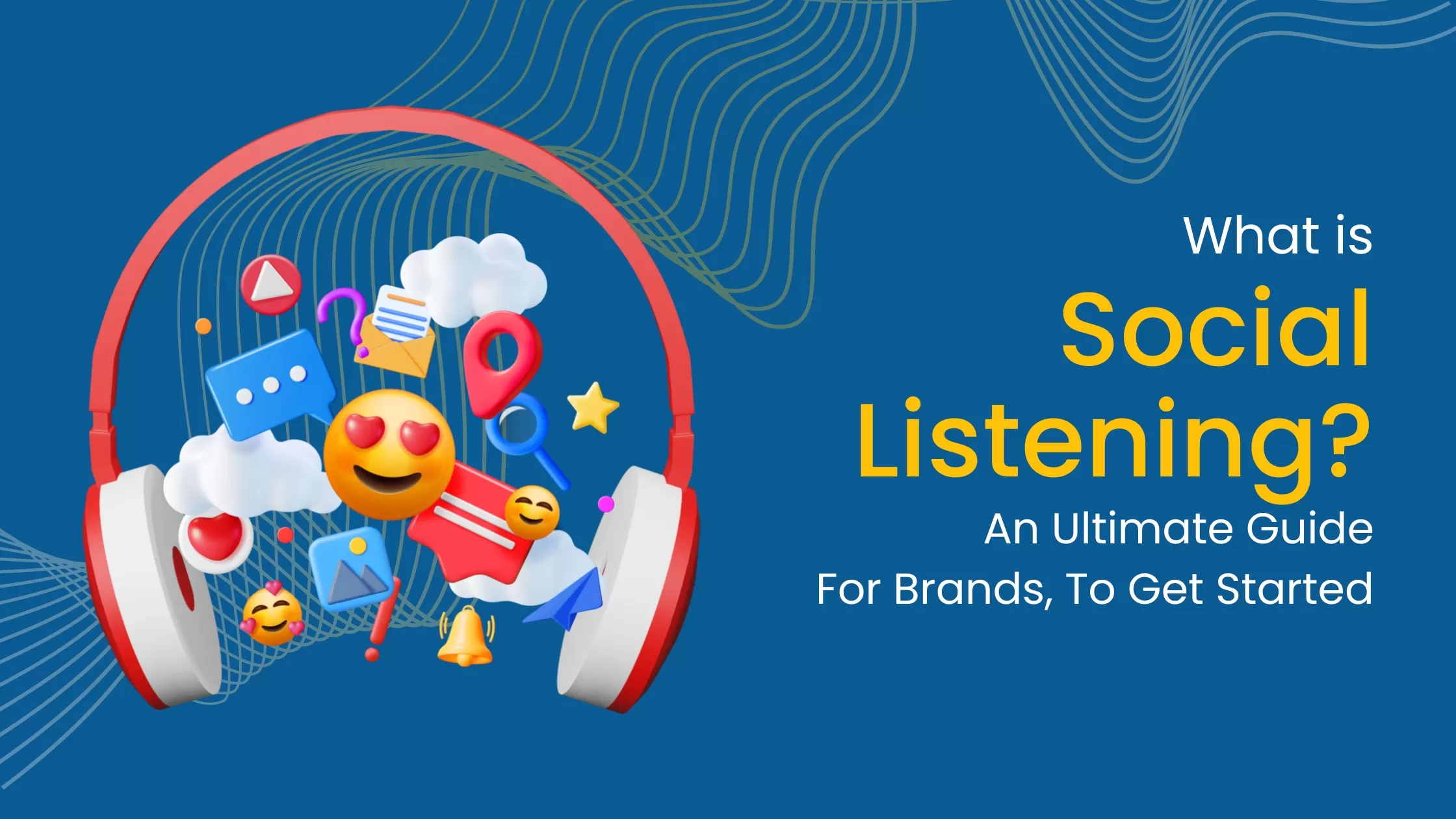09 December
Blogging for Business: How to Create Content That Converts
published
September 23topics
#ContentIn the digital age, blogging has emerged as a powerful tool for businesses to engage with their audience, build brand authority, and drive conversions. While many companies recognize the importance of maintaining a blog, not all understand the nuances of creating content that truly converts readers into customers. In this comprehensive guide, we will explore the strategies and techniques to master the art of blogging for business and create content that not only resonates but also converts.
Understanding the Role of Blogging in Business
Blogging is more than just a marketing trend; it's a strategic asset for businesses. Here's why:
- Establishing Authority: Regular, high-quality blog content showcases your expertise in your industry, positioning your business as an authority
- Increasing Website Traffic: Blogging can significantly boost your website's visibility on search engines, driving organic traffic
- Lead Generation: A well-crafted blog can capture leads through email subscriptions, forms, and calls to action (CTAs)
Define Your Audience and Goals
- Who are your ideal customers?
- What problems or challenges do they face?
- What are your business objectives (e.g., lead generation, brand awareness, product sales)?
Conduct Keyword Research
Craft Captivating Headlines
The headline of your blog is what readers will see initially. It should be catchy, succinct, and indicate the importance of your material. Consider using power words and numbers to increase click-through rates.
Provide Value and Solve Problems
Use Compelling Visuals
Incorporate Calls to Action (CTAs)
Optimize for SEO
Create Long-Form Content
Tell Stories
Promote Your Content
Analyze and Iterate
A/B Testing Your CTAs
User-Friendly Formatting
Monitor Comments and Engage with Readers
Showcase Customer Testimonials
Offer Exclusive Discounts or Promotions
Develop Content Funnels
Create a content funnel that guides readers from informational blog posts to more sales-focused content, such as product demonstrations or comparisons. This gradual progression can help warm up leads and increase conversion rates.
Leverage Data Analytics Tools
Mobile Optimization
With the increasing use of mobile devices, ensure that your blog is fully optimized for mobile viewing. Mobile-friendly design and responsive layouts are essential to cater to a diverse audience.
Continuous Learning and Adaptation
The digital landscape is ever-evolving. Stay updated with the latest trends, algorithms, and consumer preferences. Adapt your blogging strategy accordingly to remain competitive and effectively convert your audience.
Conclusion
FAQ’s
Why is blogging important for businesses?
Blogging is essential for businesses as it helps establish authority, increase website traffic, build relationships with the audience, and generate leads, ultimately leading to conversions and business growth.
How do I identify my target audience for blogging?
Identifying your target audience involves researching their demographics, interests, pain points, and needs. You can use data analytics tools and conduct surveys to gather insights.
What is keyword research, and why is it crucial for blogging?
Keyword research involves identifying relevant search terms that your audience uses. It's crucial for blogging because it helps you optimize your content for search engines, increasing your visibility and attracting organic traffic.
What are CTAs, and why are they important in blog posts?
CTAs (Call to Actions) are prompts that encourage readers to take specific actions, such as signing up for a newsletter, downloading a resource, or making a purchase. They are vital for guiding readers toward conversion points on your website.
How can I effectively promote my blog content?
Effective promotion involves sharing your blog posts on social media, via email newsletters, and reaching out to industry influencers for collaboration. Paid advertising can also be part of your promotion strategy.
What is A/B testing, and how can it improve my blog's conversion rates?
A/B testing involves comparing two versions of a webpage or element (e.g., CTAs) to determine which performs better. By testing different elements, you can refine your blog's design and content to increase conversion rates.
How can I measure the success of my blog posts?
You can measure the success of your blog posts by using analytics tools to track metrics like page views, time on page, bounce rates, and conversion rates. These metrics provide insights into how well your content is performing.
What is the ideal length for a blog post?
Depending on the topic and readership, the appropriate length for a blog post can vary. However, longer blog posts (1,000 words or more) tend to perform well in search results and offer more opportunities to provide in-depth information and value.
What are some tips for creating engaging visual content for blogs?
To create engaging visual content, use high-quality images, infographics, videos, and charts. Ensure that visuals are relevant to your content and enhance the reader's understanding of the topic.
How can I use storytelling effectively in my business blog posts?
Effective storytelling involves sharing narratives that resonate with your audience. You can use storytelling to humanize your brand, convey your mission, or illustrate how your products or services have benefited customers.Become Our Next Obsession With Your Project.
Let’s talk
We're excited to discuss your ideas, goals, needs, and dreams. Let's schedule a call.
Start a projectSome topics to look into
discover our blog22 November
02 November






